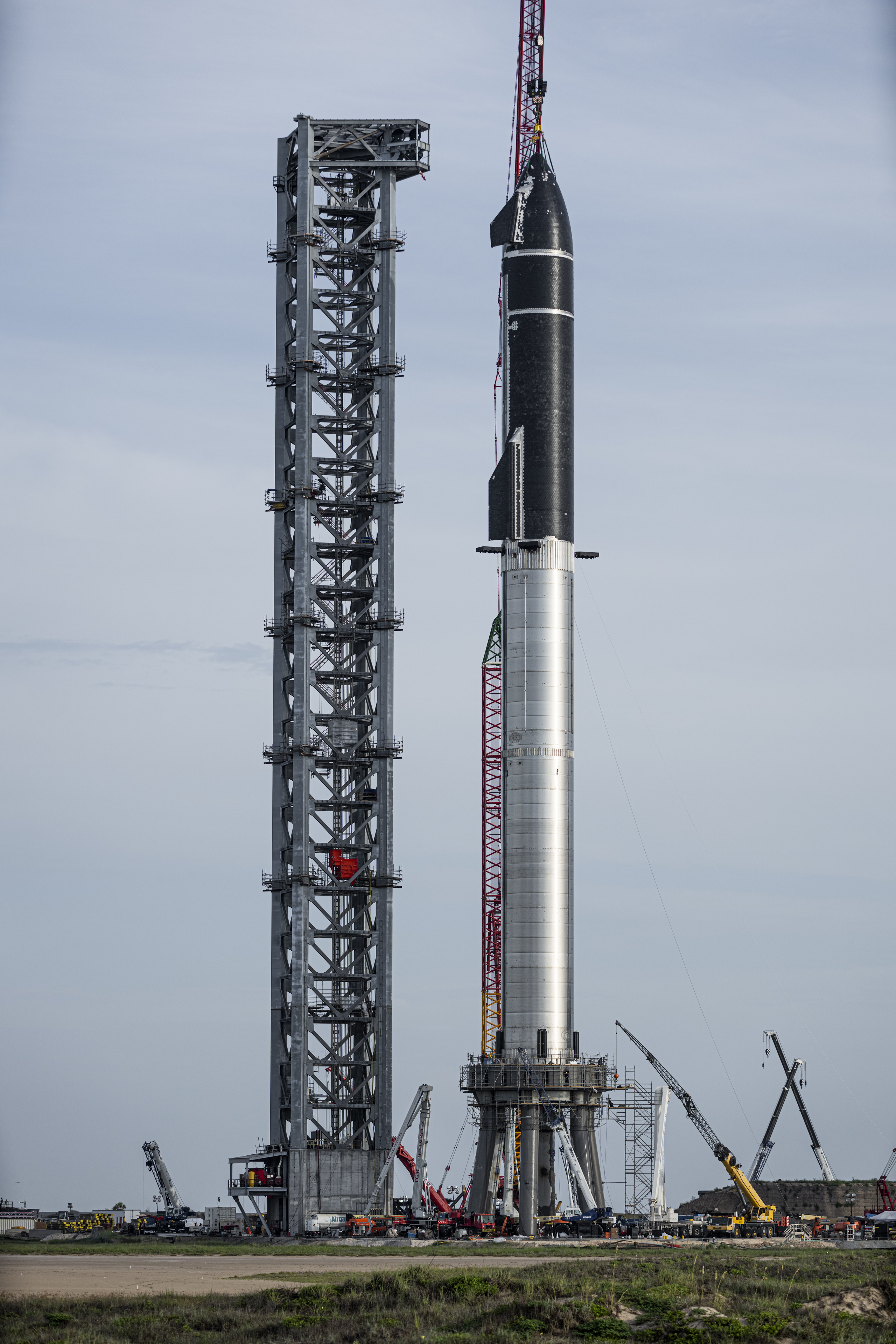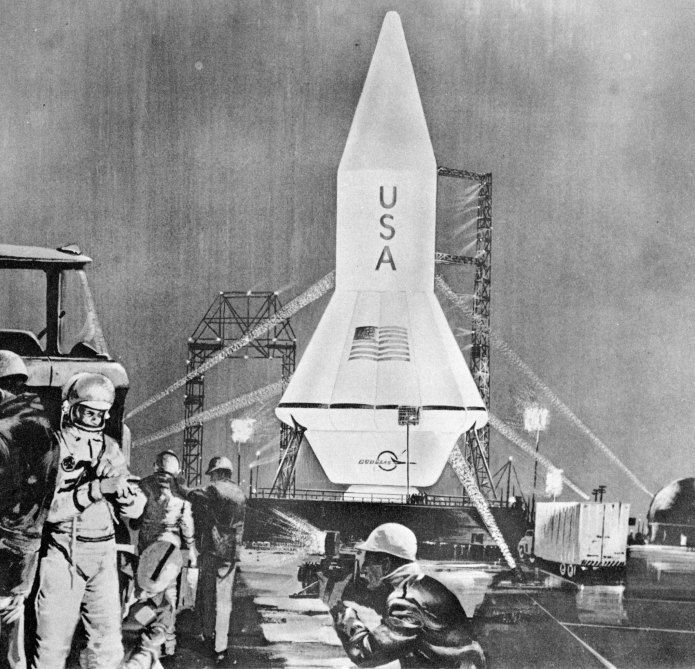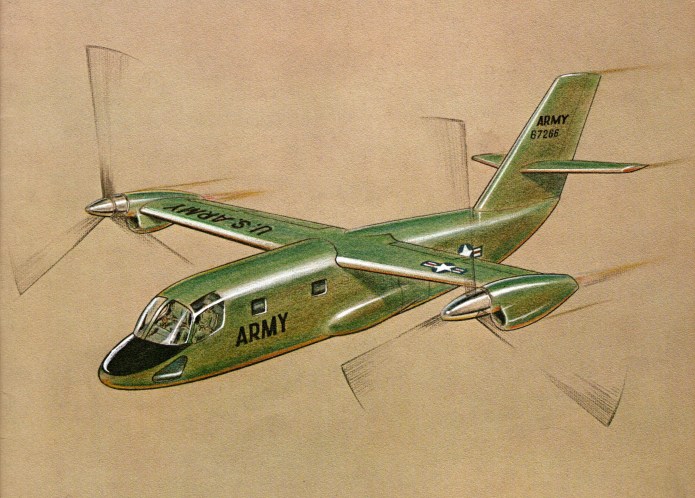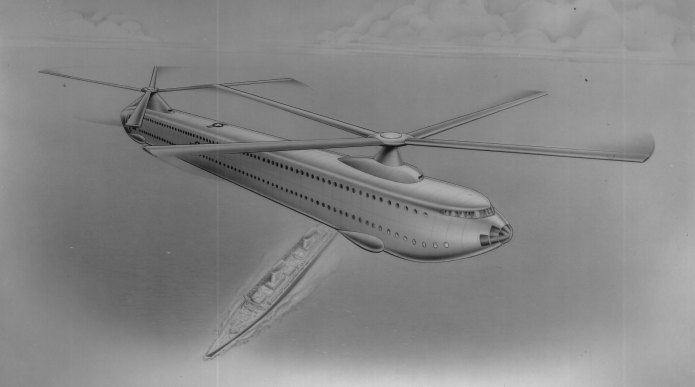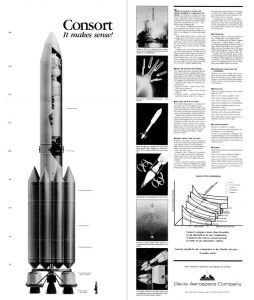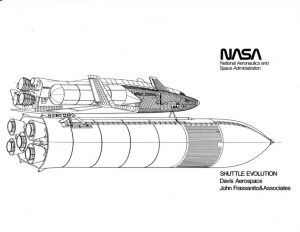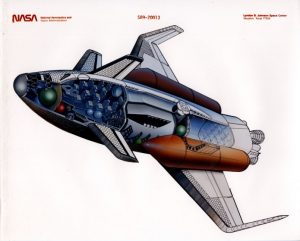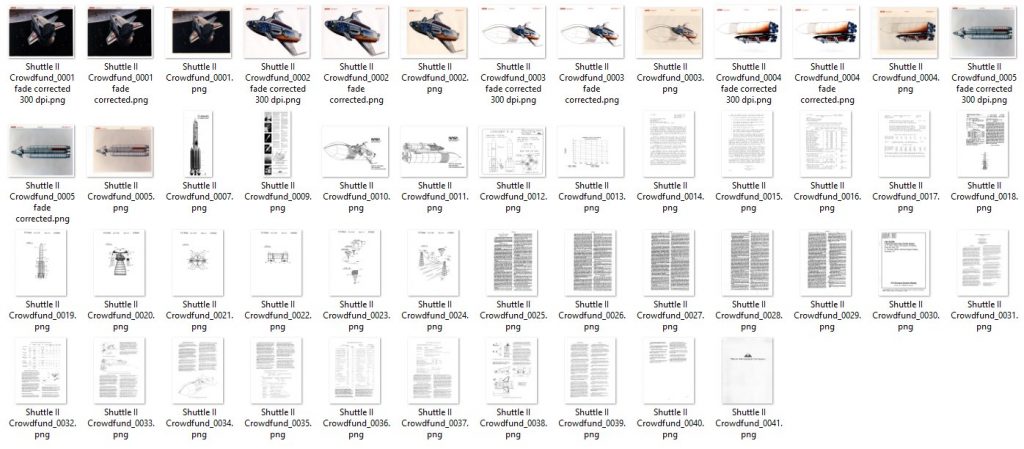An advantage of being an APR patron or Monthly Historical Documents Program subscriber is that I give subscribers/patrons the opportunity to help out with various crowdfunding opportunities. As probably surprises nobody, I buy a *lot* of aerospace documentation off of eBay. Most of the time, it comes straight out of my pocket… but sometimes, I call for assistance. Some items start off terribly expensive; some items start off inexpensive, but you can tell right off that they are going to explode in price in the end. Such was the case with a recent item, a vintage 1961 North American Aviation report on development plans for the supersonic transport. It was described as being 97 pages in length, was shown to include diagrams showing conversion of the B-70 into an SST testbed, and *could* be filled with all kinds of good stuff. The initial bid was *cheap.* But I knew it would go for much more, so I contacted my patrons/subscribers and brought on board enough pledges to make a last minute kinda-nutty bid. A bid that won, but not by a whole lot. But won it did, so not all of those funders will receive a complete set of high-rez scans. Some pledged to contribute more than the price I’d asked for, which turned out to be very helpful in getting that successful last-minute bid. Those higher-level funders will get some extra rewards.
If you would like to help fund the acquisition and preservation of such things, along with getting high quality scans for yourself, please consider signing on either for the APR Patreon or the APR Monthly Historical Documents Program.




